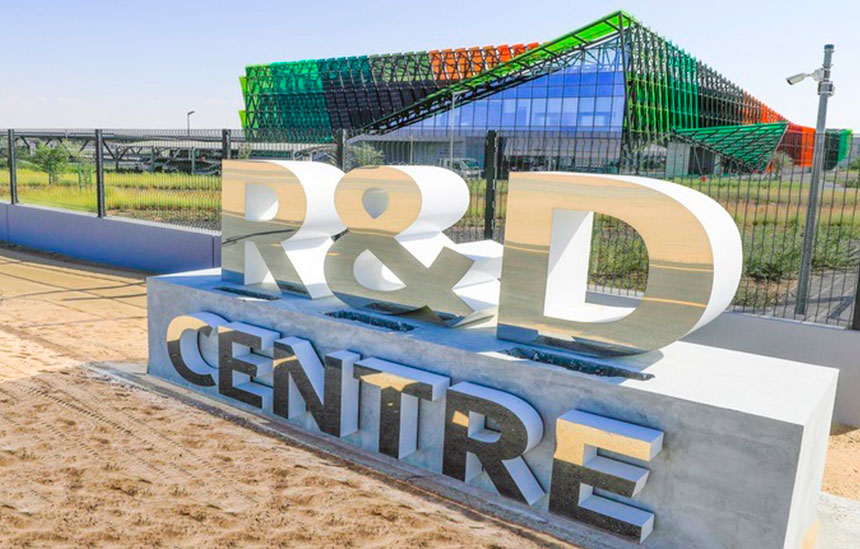Dubai Electricity and Water Authority (DEWA)’s Research and Development (R&D) Centre has developed an innovative model for fog monitoring and forecasting, using satellites. The model will be integrated with the planning and operation of power generation at DEWA. This contributes to improving energy production management and planning of power generation at the Mohammed bin Rashid Al Maktoum Solar Park, the largest single-site solar park in the world based on the Independent Power Producer (IPP) model. The advanced model will also optimise energy production of the gas turbines at the Jebel Ali Power Plant and Water Desalination Complex, the largest single-site natural gas power generation facility in the world at a capacity of 9,547 MW.
“DEWA uses the latest technologies of the Fourth Industrial Revolution and its advanced infrastructure to keep pace with the requirements of sustainable development. This achieves the vision of His Highness Sheikh Mohammed bin Rashid Al Maktoum, Vice President and Prime Minister of the UAE and Ruler of Dubai. The innovative model for fog monitoring and forecasting will enhance energy productions operations. It will be integrated within DEWA’s power planning and operations. This supports the Dubai Clean Energy Strategy 2050 and the Dubai Net Zero Carbon Emissions Strategy 2050 to provide 100% of Dubai’s total power production capacity from clean energy sources by 2050. We have outlined expansion plans for the energy and water infrastructure to meet the increasing demand according to the highest levels of quality, availability, reliability, and efficiency,” said HE Saeed Mohammed Al Tayer, MD & CEO of DEWA.
“Researchers will use the high-resolution images transmitted by DEWA’s 6U nanosatellite ‘DEWA-SAT-2.’ This will further improve the accuracy of the monitoring and forecasting of fog using remote sensing application and the independent ground station at DEWA R&D Centre, which is part of DEWA’s Space-D programme, and capable of tracking and communicating with DEWA’s satellites at their low Earth orbit of 400-700 kilometres. ‘DEWA-SAT-2’ is scheduled to be launched in February 2023, as part of DEWA’s Space-D programme. The move comes as part of the R&D Centre’s work within the Space-D programme to develop several niche use-cases for grid and water networks. This improves power planning of generation and transmission, added Al Tayer.
“The positive environment at DEWA motivates employees to be creative, innovative and active contributors to forecast and shape the future. The R&D Centre plays an important role in supporting DEWA’s efforts in the localisation of knowledge and the participation of the scientific community in specialised scientific research, which aims to develop the clean and renewable energy sector, and improve the services provided by DEWA. The Centre comprises 31 researchers, including 24 PhD and master’s degree holders,” said Waleed Bin Salman, Executive Vice President of Business Development and Excellence at DEWA.

